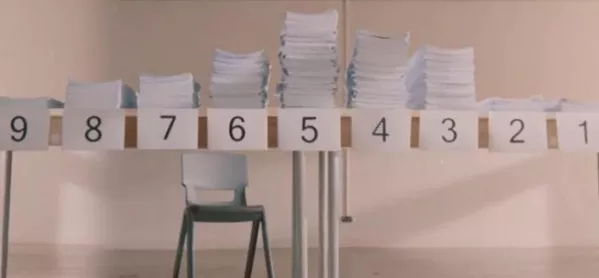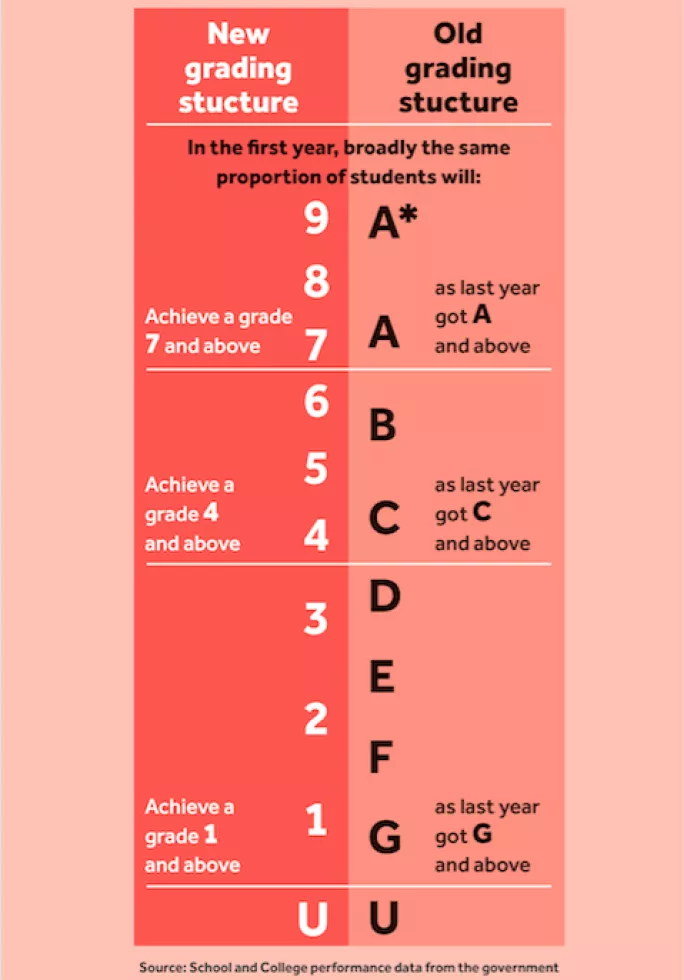
Get the best experience in our app
Enjoy offline reading, category favourites, and instant updates - right from your pocket.
Need to know: The 9-1 GCSE grades
The new 9-1 numerical GCSE grading system explained
Share
Need to know: The 9-1 GCSE grades
https://www.tes.com/magazine/archive/need-know-9-1-gcse-grades





